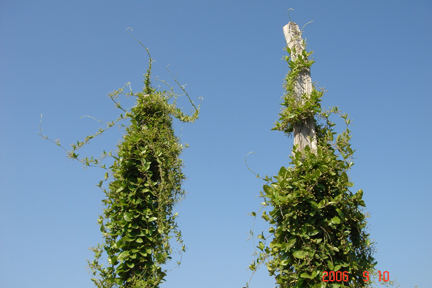BIO POACHING
-Shivani Thakur
In this world of quick fixes, allopathy rules. In spite of being unnatural, narcotic and costly, it is widely accepted form of medicine for all cures
all over the world. But a holistic and natural approach is being used, if not by many, by some. This is a simpler, gentler and safer medicinal system free of side effects and affordable. Yoga and naturopathy have proven to be both preventive and curative in
nature for stress related disorders.
Many plants like “Gugglu”are used to make medicines to cure cholesterol related disorders;
“Chiraita” for liver,”Gudmar” for diabetes and “Brahmi” for memory disorders. Still, there is a problem, as many plants have not gained acceptance in both domestic and international markets. This is due to lack of scientific evidence to prove their merit.
In 2005, The European Union made it compulsory for all traditional herbal medicinal products to be registered after going through a stringent framework of regulation.
If recognition is a problem for these plants, there is another menace to these, that is, bio poaching. The demand for these natural and virtually free of side effects plants has fueled a thriving trade in the flora. It is not just the tiger but many
medicinal plants and herbs are on the brink of extinction. “Yarchagumba” or caterpillar mushroom or
Himalayan viagra as it is known, is considered a natural remedy for sexual dysfunction. What is amazing is that this plant commands a price of Rs 90,000 per kg in international market. It is found in Pithoragarh in Uttaranchal.
Similarly, “Hathpanja” (for healing wounds) and “Pateesa” (for increasing resistance) sell for more than Rs 3000 per kg. Because of over harvesting now over 1000 medicinal plants are under threat in different ecosystems in India.
These plants are not only used in Unani, Ayurveda and Sidha for their formulations, there is a demand
in domestic market too. As much as 90% of species used in production of herbal medicines are harvested from the wild, as they are difficult to cultivate in herbal gardens. These collections are rampant in Himachal Pradesh, Uttranchal, Jammu & Kashmir
and the Northeast.
S. S. Samant of GB Pant Institute says
“ The uprooting of immature plants makes regeneration impossible, hence loss of a whole plant”.
For example
“Rakhal” an endangered species used to make cancer medicine. For medicine, the bark is removed which in turn destroys the plant by drying it up.
Enforcement is a huge problem as these plants are high on value but carry low risks. The species are being slowly lost. According to Samant the species, which were earlier, found at 3,500 m are now found only at 4,000 m. A recent case of herbal theft
reported in the Northeast brought bio poaching to the forefront. Two Japanese scientists collecting rare herbs were found to be actually having a booty of rich plants and herbs amounting to be about 3 tonnes.
Even if they were caught, there are many that don’t get caught. A Czech Republic scientist smuggled out seeds from West Sikkim and Arunachal.
He later claimed them to be of Sino-Himalayan origin and put them up for sale at
www.plantideas.com.
Local people have knowledge of the existence of these plants and their involvement in projects that deal in conservation is important. Our heritage,
whether in Ayurveda or Unani therapies rely on these plants. Over harvesting and over reaping of these would bring us a step closer to their extinction.

( Photograph of Aantamul or Asthma Plant at Yamuna Biodiversity Park by Susan Sharma)